I have an array that looks like this
11100100110
essentially, an array of fixed size with each item being a 1 or 0 with the last item always equal to 0.
Consider each set of consecutive 1's to be a "bucket". I'd like a formula to determine the size of each bucket. So the output of this formula for the above sequence should be
312
as an array. Ideally this works in both excel and google sheets.
If you are interested this is the result of a list of stars and bars configurations where the 0's in my sequence represent bars and the 1's represent stars (the final value is a dummy 0 to make things easier to work with). I want the size of each non-empty bucket in a given configuration of stars and bars.
Thanks, in advance.


